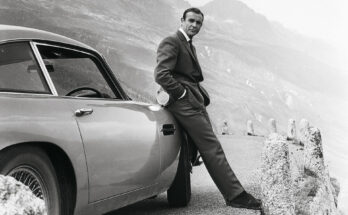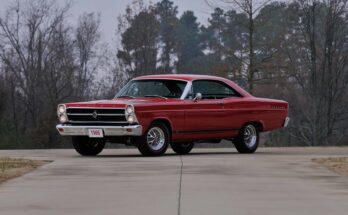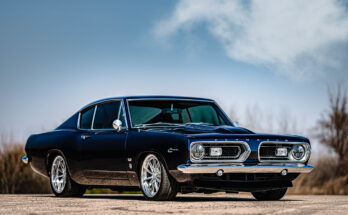The 1983-1984 Hurst/Oldsmobile Cutlass Supreme 442 represents a notable chapter in the history of American muscle cars, marking the final collaboration between Oldsmobile and Hurst Performance for the Hurst/Olds (H/O) special editions. These years celebrated the 15th anniversary of the Hurst/Olds legacy, which began in 1968, and delivered a blend of distinctive styling, performance enhancements, and nostalgic appeal during an era when emissions regulations and corporate cost-cutting challenged high-performance vehicles.
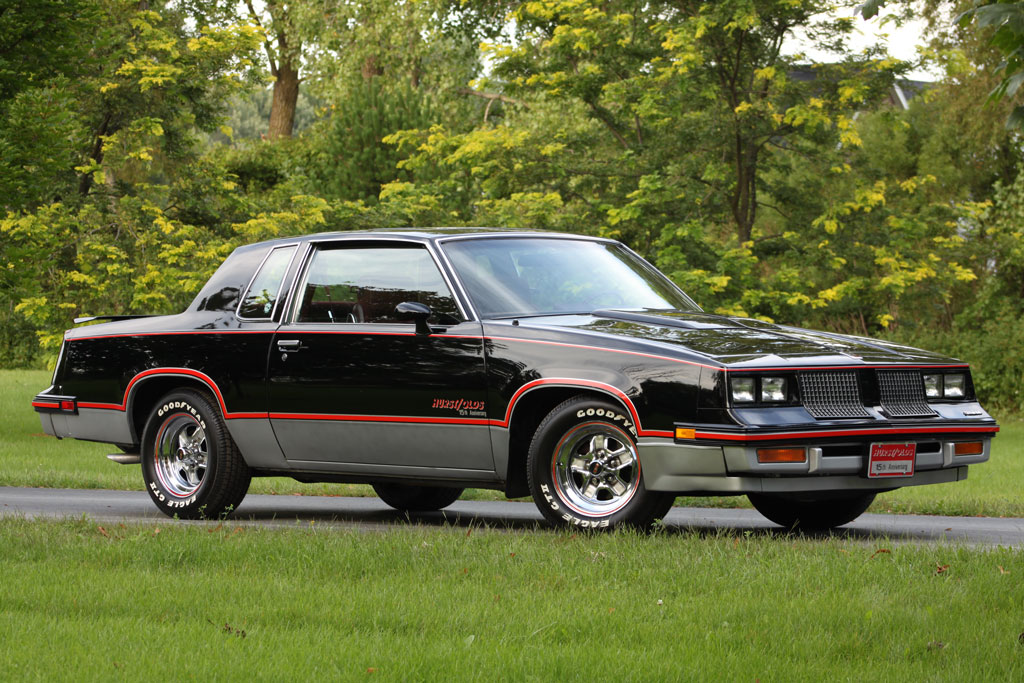
Background and Context
The early 1980s were a challenging time for American performance cars. Stricter emissions standards and GM’s practice of sharing engines across divisions diluted the individuality of models like the Oldsmobile Cutlass. However, Oldsmobile retained its 5.0-liter (307 cubic-inch) V8 for the Hurst/Olds, distinguishing it from other GM G-body platforms like the Chevrolet Monte Carlo SS or Buick Regal T-Type. The 1983-1984 Hurst/Olds was based on the rear-wheel-drive G-body Cutlass Calais coupe, a popular platform that helped the Cutlass Supreme top sales charts in the early 1980s.
1983 Hurst/Olds: 15th Anniversary Edition
The 1983 Hurst/Olds returned after a four-year hiatus, commemorating the 15th anniversary of the original 1968 model. Built to stand out, it featured a bold black-over-silver paint scheme with red and silver stripes, chrome 15-inch wheels with Goodyear Eagle GT tires, a power bulge hood, and a rear spoiler. The interior was equipped with luxurious touches like a full gauge package, leather-wrapped steering wheel, and the iconic Hurst Lightning Rods shifter—a unique, somewhat gimmicky triple-lever system controlling the four-speed 200-4R automatic transmission.The heart of the 1983 H/O was a specially tuned 307 cubic-inch V8 with a Rochester Quadrajet four-barrel carburetor, producing 180 horsepower and 240 lb-ft of torque. While modest by modern standards, this output was 40 horsepower more than the standard Cutlass’s 5.0-liter V8, thanks to a performance camshaft, upgraded valve springs, and a reprogrammed engine computer for a richer air-fuel ratio. The car also featured a dual exhaust system for a distinctive rumble, 3.73:1 rear gears, and an upgraded 8.5-inch rear differential (shared with the Buick Grand National) for better traction. Fuel economy was respectable for the era, averaging up to 25 mpg.Oldsmobile planned to produce 2,500 units for 1983, but high demand led to 3,001 being built. Despite its performance edge, the Hurst/Olds faced criticism for its modest power compared to earlier muscle cars, with some enthusiasts noting the Lightning Rods shifter as more of a marketing gimmick than a performance necessity.
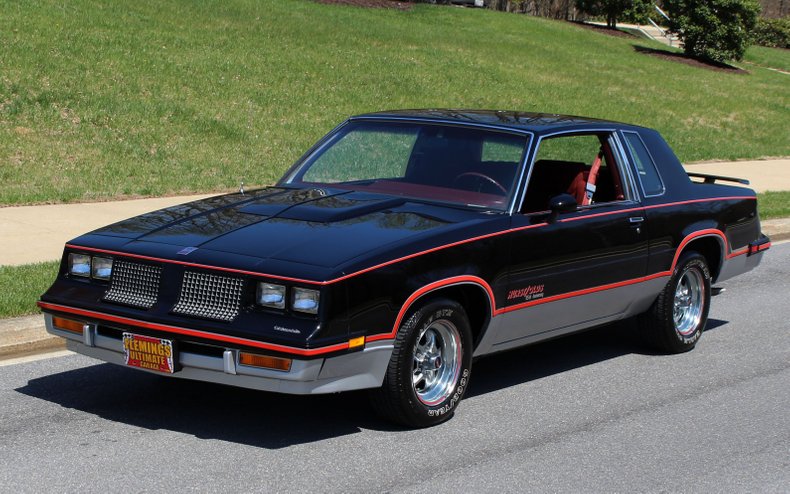
1984 Hurst/Olds: The Final Hurrah
The 1984 model carried over most of the 1983’s features but reversed the paint scheme to silver-over-black, maintaining the red and silver stripes, chrome wheels, and rear spoiler. Mechanically, it was nearly identical, retaining the 307 V8 with 180 horsepower, the Lightning Rods shifter, and the stout 8.5-inch rear end with 3.73 gears. The 200-4R transmission and dual exhaust remained, as did the uprated shocks and full gauge package. Production increased to 3,500 units due to continued demand.The 1984 Hurst/Olds was the last of its kind, as Oldsmobile shifted focus to the revived 442 package in 1985, which used similar performance components but lacked the Hurst branding. The 1984 model’s numbers-matching examples and low-mileage survivors are particularly valued by collectors today, with some fetching prices around $23,500 for well-preserved units.
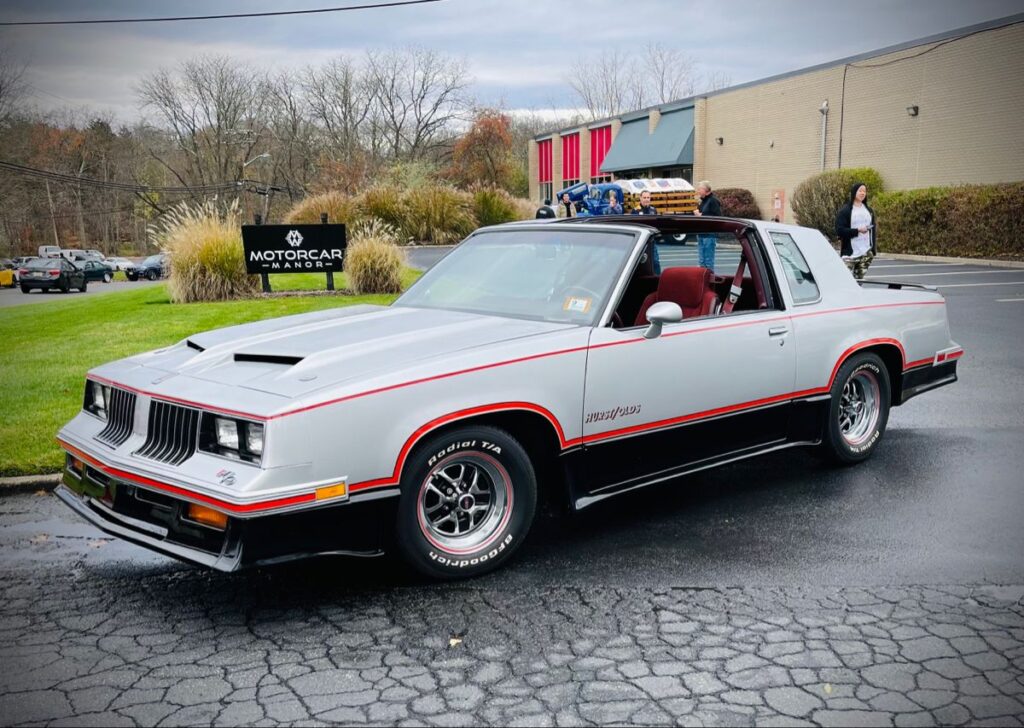
Cultural and Market Impact
The 1983-1984 Hurst/Olds stood out in an era when American muscle cars were struggling to regain their footing. Its distinctive styling and performance tweaks made it a desirable alternative to other G-body performance models like the Monte Carlo SS or Buick Grand National. However, its high desirability also made it a frequent target for theft, and the availability of aftermarket parts led to many “knockoff” Hurst/Olds lookalikes, complicating authenticity for collectors.Enthusiast sentiment, as seen in posts on X, highlights the nostalgic appeal of these cars, with users sharing images of the 1983 15th Anniversary Edition and discussing its unique features like the Lightning Rods shifter. Some modern takes, like a custom AWD Hurst/Olds with over 1,000 horsepower, show how the model continues to inspire performance builds.
Collectibility and Legacy
Today, the 1983-1984 Hurst/Olds models are prized for their rarity and historical significance. Listings on sites like ClassicCars.com show prices starting around $11,000, with pristine examples commanding higher values. Challenges for collectors include rust (especially in the trunk and rear frame rails) and verifying authenticity due to the prevalence of modified or tribute cars. Hagerty’s valuation tools note steady interest in these models, reflecting their status as icons of 1980s performance.The 1983-1984 Hurst/Olds Cutlass Supreme 442 encapsulated Oldsmobile’s effort to keep the muscle car spirit alive in a tough era. While not as powerful as the 1968-1974 models with their 455 V8s, these final editions offered a compelling mix of style, exclusivity, and performance, cementing their place in automotive history as a fitting farewell to the Hurst/Olds legacy.
